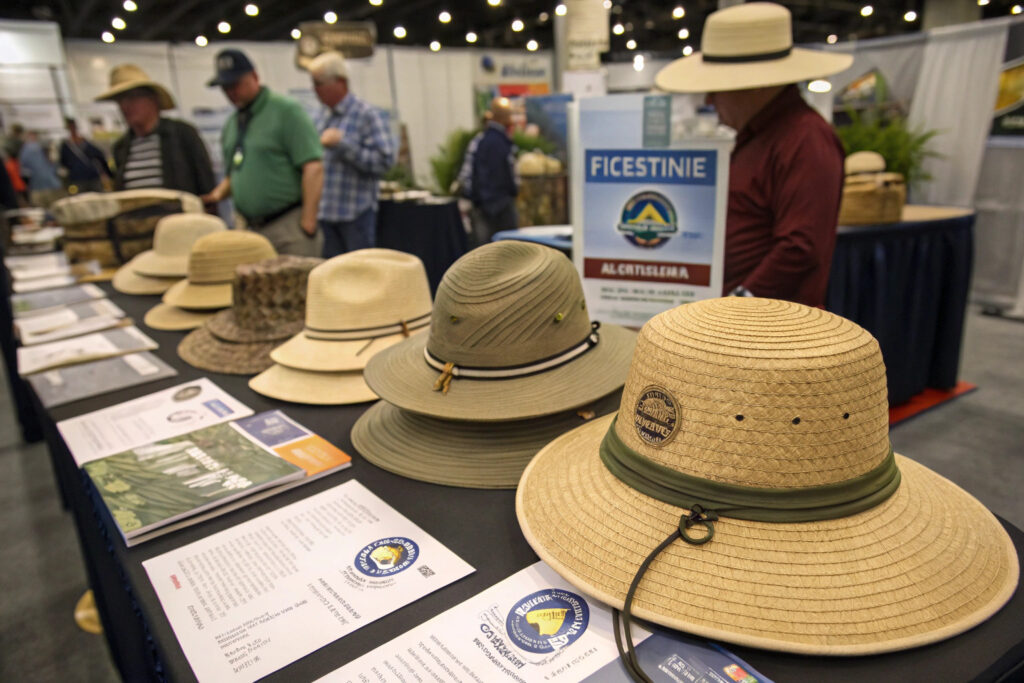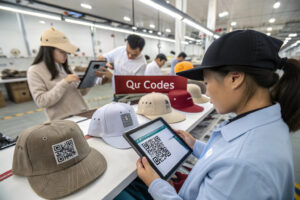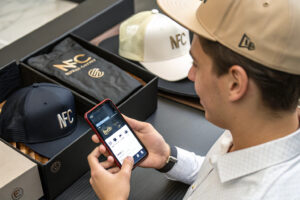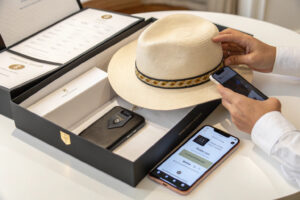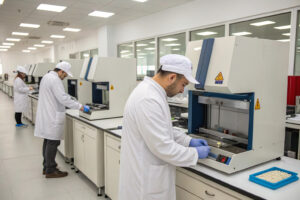Finding reliable manufacturers for UPF 50+ wide brim hats can be challenging. You need suppliers who understand sun protection technology, not just basic hat construction. Many businesses struggle with manufacturers who claim UPF 50+ ratings but can't provide proper certification or consistent quality across production runs.
The best places to find UPF 50+ wide brim hat manufacturers are specialized sun protection gear trade shows, B2B platforms filtering for certified suppliers, industry associations listing tested manufacturers, and directly contacting factories in textile hubs known for technical fabric expertise. Verification of actual testing credentials is crucial.
Which B2B Platforms Specialize in Sun Protective Headwear?
General B2B platforms contain thousands of hat suppliers, but only a small percentage specialize in certified sun protective gear. Knowing how to filter these platforms saves significant research time and prevents partnerships with unqualified manufacturers.
B2B platforms specializing in sun protective headwear include Alibaba with its "Verified Supplier" program for certified products, Global Sources with dedicated PPE categories, and specialized platforms like MedSuppliers for healthcare headwear. These platforms allow filtering by certification status and testing capabilities.
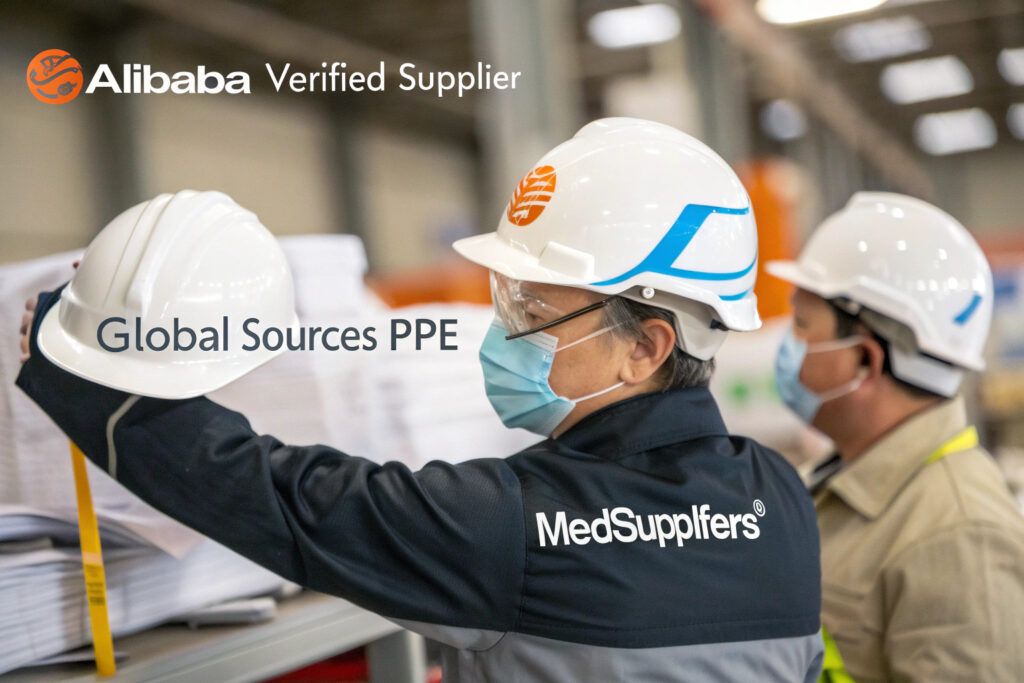
How to Filter for Genuine UPF-Certified Suppliers?
Effective filtering requires understanding certification terminology and verification steps. Start by using precise keywords like "UPF 50+ tested wide brim" rather than general terms. Look for suppliers who provide:
- Third-party testing reports from recognized laboratories
- Detailed specification sheets with UPF ratings for each fabric
- Quality management certifications like ISO 9001
- Physical sample verification before bulk ordering
Suppliers who immediately provide test documentation rather than making vague claims are typically more reliable. The American Association of Textile Chemists and Colorists standards provide the testing framework most legitimate manufacturers reference.
What Red Flags Indicate Unreliable UPF Claims?
Several warning signs suggest a manufacturer may be exaggerating UPF capabilities. These include:
- Vague terminology like "sun protective" without specific ratings
- Inconsistent answers about testing methodologies
- No laboratory documentation upon request
- Unusually low pricing compared to certified competitors
- Resistance to pre-shipment testing requirements
Manufacturers with in-house UV protection testing equipment typically provide more consistent quality, as they can test every fabric batch rather than relying on occasional third-party verification.
What Manufacturing Hubs Excel in Technical Sun Hats?
Geographic location often indicates specialized manufacturing capabilities. Certain regions have developed expertise in technical textiles and sun protective gear through industry clustering and specialized workforce development.
Manufacturing hubs excelling in technical sun hats include China's Zhejiang province for technical fabric innovation, Taiwan for high-end composite materials, and Vietnam for quality craftsmanship with technical fabrics. These regions offer complete supply chains from fabric production to finished headwear.

Why Does Zhejiang Dominate Technical Hat Manufacturing?
Zhejiang province, particularly the Keqiao district, has become the global leader in technical hat manufacturing through several advantages:
- Complete supply chain from yarn production to finished goods
- Specialized dyeing facilities with UV-protective treatments
- CNAS-certified testing laboratories on-site
- Technical textile expertise developed over decades
- Competitive pricing from manufacturing clustering
The region's manufacturers have particular expertise in breathable sun protection fabrics that combine UPF 50+ ratings with moisture-wicking properties, making them ideal for wide brim hats designed for active use in sunny conditions.
What Specialized Capabilities Do Taiwanese Manufacturers Offer?
Taiwanese manufacturers have carved a niche in high-performance materials through:
- Composite fabric technology combining multiple functionalities
- Advanced coating applications for permanent UV protection
- Innovative ventilation systems within wide brim structures
- Lightweight material development reducing neck strain
These manufacturers typically work with higher price points but offer advanced features like multi-directional UV blocking through specialized fabric constructions that maintain protection even when stretched or wet.
How to Verify UPF Testing and Certification?
Verification separates marketing claims from genuine protection. Understanding testing methodologies and certification requirements ensures your manufacturer delivers products that provide reliable, lasting sun protection.
Verifying UPF testing requires examining laboratory accreditation, understanding testing standards like AS/NZS 4399, reviewing spectral data reports, and conducting periodic independent testing. Comprehensive verification ensures consistent protection across production batches.
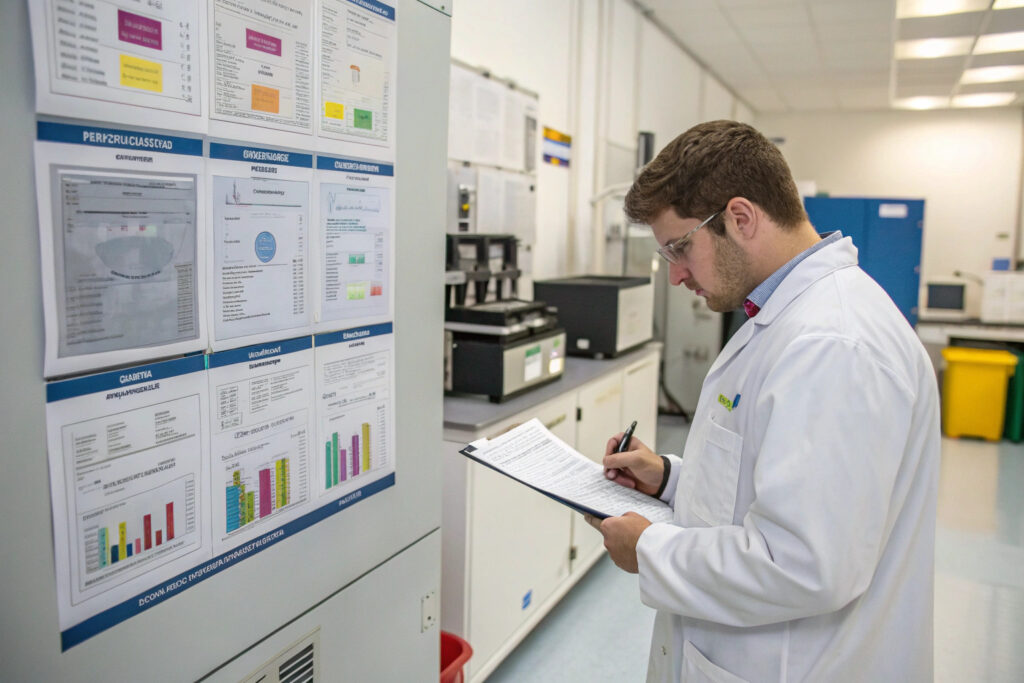
What Laboratory Accreditations Ensure Valid Testing?
Not all testing laboratories provide equally reliable results. Look for manufacturers using laboratories with:
- CNAS accreditation (China National Accreditation Service)
- ISO/IEC 17025 certification for testing competence
- Specific scope inclusion for textile UV testing
- Regular proficiency testing participation
Manufacturers who invest in relationships with properly accredited laboratories typically provide more reliable and consistent UPF certification across production runs. These partnerships indicate a commitment to verified quality rather than mere compliance.
What Testing Standards Govern UPF Ratings?
Understanding the applicable standards helps you evaluate manufacturer claims. The key standards include:
- AS/NZS 4399:1996 - Australian/New Zealand standard (most widely recognized)
- ASTM D6603 - American standard for UV-protective textiles
- EN 13758 - European standard for sun protective clothing
- GB/T 18830 - Chinese standard for UV-protective textiles
Reputable manufacturers test according to multiple standards, particularly if exporting globally. They should provide detailed reports showing spectral data and UV radiation blocking percentages across the entire UV spectrum (UVA and UVB).
What Design Features Enhance Sun Protection?
Beyond fabric UPF ratings, specific design elements significantly impact the actual sun protection provided by wide brim hats. Understanding these features helps you select manufacturers with both technical and design expertise.
Design features that enhance sun protection include brim width and stability, crown coverage and ventilation, material layering for complete blockage, and secure attachment systems. These elements work with UPF fabrics to provide comprehensive protection.

How Does Brim Design Maximize Facial Protection?
Brim configuration directly affects protection areas. Optimal designs include:
- Minimum 3-inch brims for proper face and neck shading
- Structured brims that maintain shape without sagging
- Downward angles preventing ground reflection exposure
- Internal dark underbrims reducing glare and reflection
Manufacturers specializing in protective headwear understand how to balance brim width with wearer comfort, using materials that provide stability without excessive weight that causes neck strain during extended wear.
What Construction Methods Ensure Lasting Protection?
Construction techniques determine how well hats maintain their protective properties over time. Key methods include:
- Double-layer crowns providing backup protection
- Reinforced stitching at stress points preventing fabric distortion
- UV-stable thread maintaining seam protection
- Color-fast dyes ensuring consistent protection as colors fade
These construction elements are particularly important for hats used in outwear applications where exposure to elements, repeated cleaning, and general wear could compromise less durable designs. Manufacturers with expertise in these methods typically have more sophisticated quality control processes.
Conclusion
Finding reliable UPF 50+ wide brim hat manufacturers requires focusing on specialized suppliers with verifiable testing credentials and technical design expertise. The most successful partnerships combine rigorous certification verification with practical design evaluation to ensure both compliance and wearer satisfaction.
If you're seeking a manufacturing partner with proven UPF 50+ wide brim hat capabilities and comprehensive testing documentation, our technical team can provide verified solutions. Contact our Business Director, Elaine, at elaine@fumaoclothing.com to discuss your sun protective headwear requirements.
